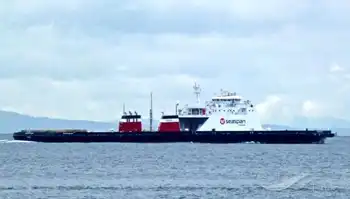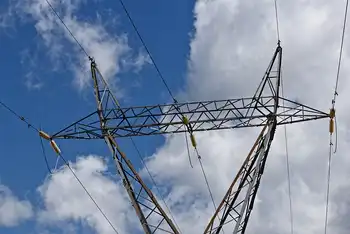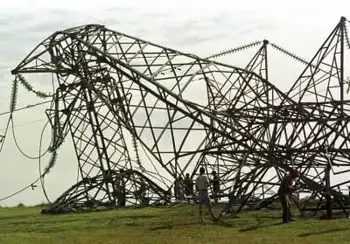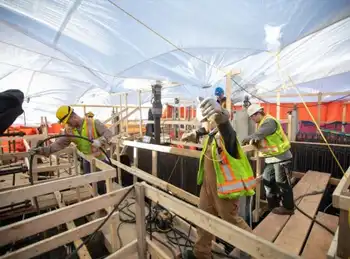More voltage flow westward considered
In what was billed as a long-planned get-to-know-you session, Saskatchewan Crown Corporations Minister Ken Cheveldayoff, who is in charge of SaskPower, came to Winnipeg to meet with Manitoba Finance Minister Greg Selinger and Energy Minister Jim Rondeau about buying megawatts from Manitoba Hydro.
"It was a pretty productive meeting, actually," said Selinger, who is in charge of Manitoba Hydro. "We agreed to work on increasing transmission links between us as a priority."
That could mean a multimillion-dollar investment in some of the four transmission lines that link Manitoba and Saskatchewan, and a power sale that would help Hydro keep electricity rates artificially low for Manitoba homeowners.
Cheveldayoff said his province needs 2,000 megawatts of power in the next 12 years. Saskatchewan's potash companies alone are contemplating a $10-billion expansion during the next five years, and the industry that has made the province an unexpected economic success says its biggest concern is clean, reliable and well-priced power.
But Saskatchewan is also home to a third of the world's uranium, making nuclear power a good fit for the province. Premier Brad Wall has been a huge booster of the nuclear industry and suggested this week his province might partner with Atomic Energy Canada Ltd., the Crown corporation that developed the CANDU reactors.
"We don't want to leave any stone unturned," Cheveldayoff said. "Every option is on the table."
In a good year, Manitoba Hydro sells upwards of $100 million worth of power to Saskatchewan — a hefty amount, but nowhere near what Hydro sells to the American market.
Manitoba Hydro chief executive officer Bob Brennan wouldn't say how much more he hopes to sell to Saskatchewan, but noted that it's not only about money. Spending jointly to improve power lines means more reliability for Manitoba homeowners because Hydro can import power from the west when Manitoba is suffering a drought or some other problem.
"We want to talk and get something going this spring," Brennan said. "It could be quite helpful if we ever worked out anything."
Manitoba has spent years trying to cobble together support for a $1.5-billion Ontario-Manitoba electricity transmission grid that could pump power from northern hydro dams to downtown Toronto. But interest in such a massive undertaking fizzled in Ontario, especially as that province started eyeing nuclear power. That has prompted Manitoba to turn westward.
Manitoba Hydro is now part of a private-sector study looking at building a new transmission line through Western Canada. Selinger said the province might consider redirecting $40 million in federal green funding the province squirrelled away for its share of the power line to Ontario and use the cash instead to help upgrade the lines to Saskatchewan.
Brennan wouldn't put a dollar figure yet on those upgrades, but said they are much easier and cheaper than building new lines into the Ontario hinterland. The substations are in place, the distance is exponentially shorter and all that's necessary is adding wire capacity and building some better towers.
Already, pretty much all the firm power the province plans to produce from three massive new northern dams is spoken for.
Work has begun in earnest on the Wuskwatim dam, and Conawapa and Keeyask are next in Hydro's capital plan. Combined, they'll add nearly 2,400 megawatts to the province's system.
But huge power deals with Wisconsin and Minnesota, plus Manitoba's growing domestic needs, mean pretty much all the guaranteed baseline power has already been committed.
Saskatchewan would be buying surplus power — the hundreds of megawatts dams produce when water levels are normal or above average. Brennan said there's plenty of that still for sale to American or Canadian buyers.
Related News

Electricity and water do mix: How electric ships are clearing the air on the B.C. coast
TORONTO - The river is running strong and currents are swirling as the 150-metre-long Seaspan Reliant slides gently into place against its steel loading ramp on the shores of B.C.'s silty Fraser River.
The crew hustles to tie up the ship, and then begins offloading dozens of transport trucks that have been brought over from Vancouver Island.
While it looks like many vessels working the B.C. coast, below decks, the ship is very different. The Reliant is a hybrid, partly powered by electricity, the seagoing equivalent of a Toyota Prius.
Down below decks, Sean Puchalski walks past a whirring internal…





